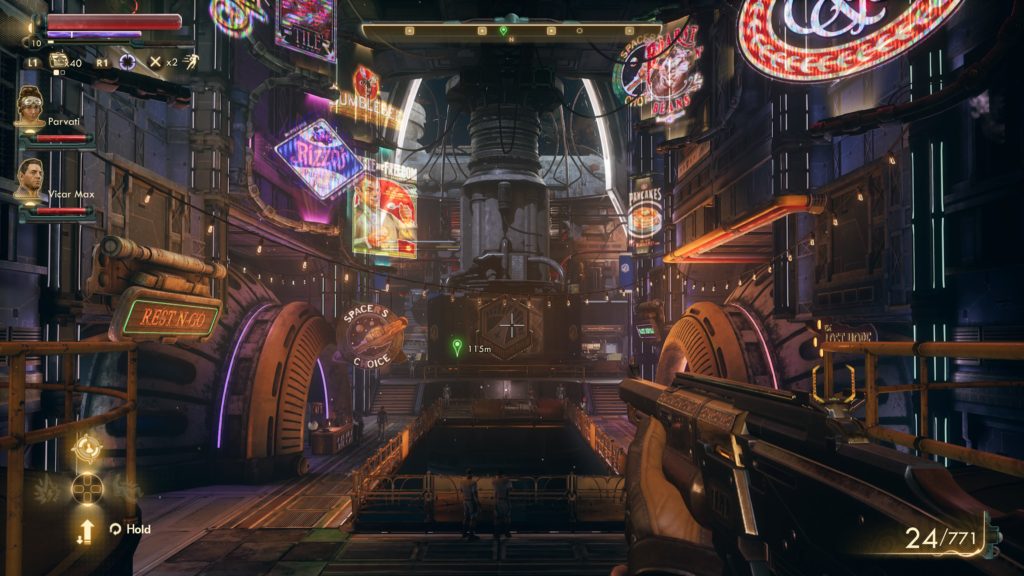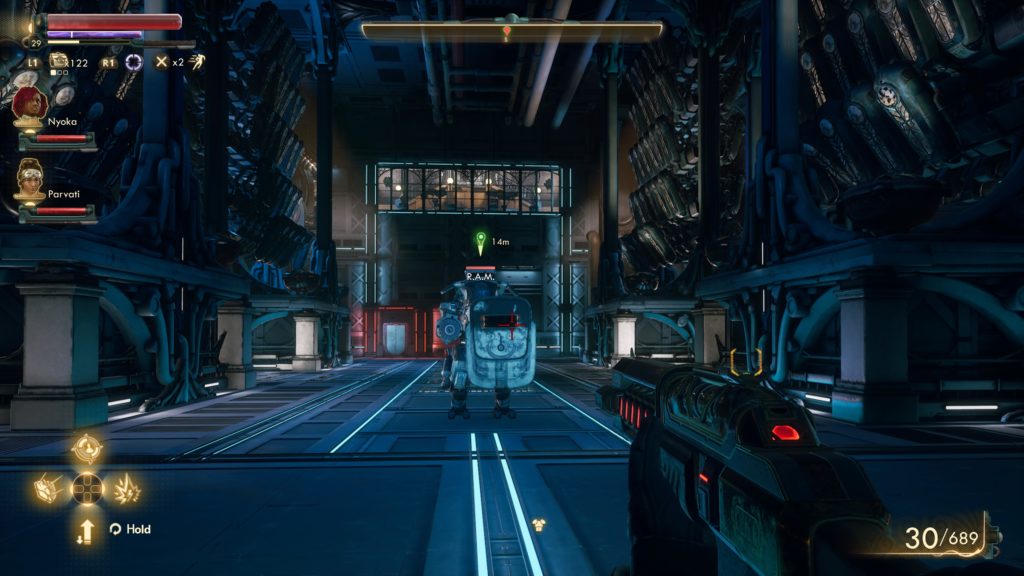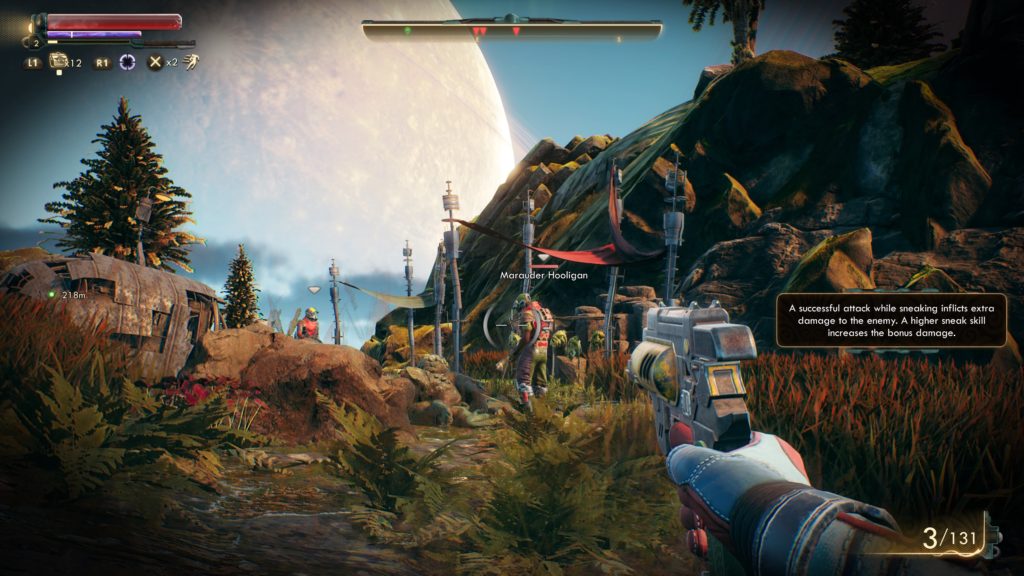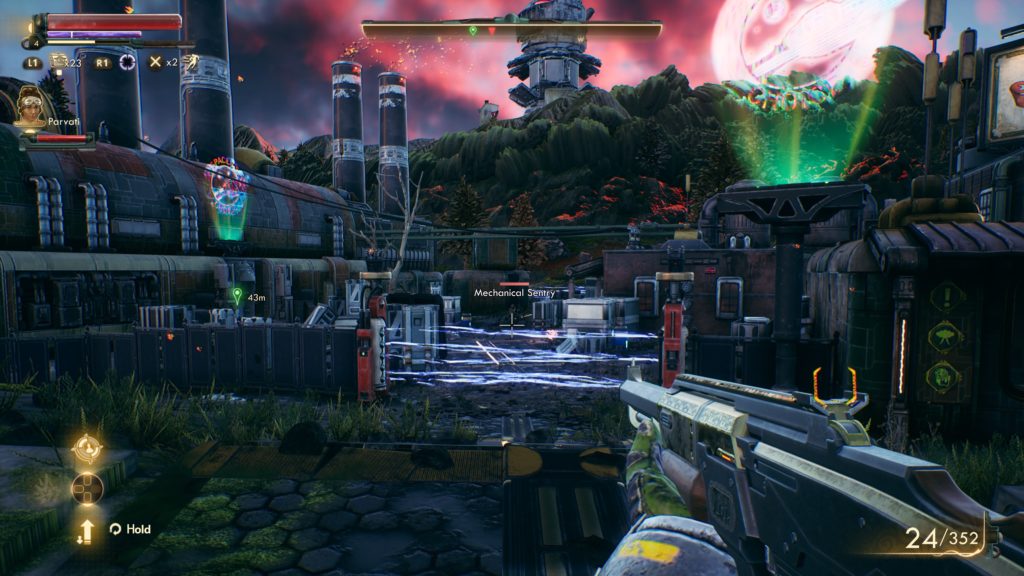- Genre: Action RPG
- Platform: Xbox Series X
- Also Available On: Xbox One, Windows, PS4, Switch
This was one that I was really hoping to like more than I did. The promise of this extension of the IP is to blend what makes Diablo 3 fun with some of the unique nature of Minecraft. However, it never really ended up doing that. While what is there is mechanically sound, it ended up being a disappointing mix of two styles that never lived up to either end.
If this was simply a good Diablo clone, I’d have probably been fine with it on its own. However, this doesn’t really hit the variety that comes with that series.
While there’s a bunch of different weapons to equip, the differences in attack style between them never feel that impactful. A fast dagger and slow axe have obviously different speeds, but it ends up not really mattering much. What I was ultimately doing was going for the highest damage because one shotting an entire group with cleave damage was far more valuable than having an attack style that fit how I wanted to play. Ranged weapons were largely the same problem. Big damage was more useful than fast damage just in terms of ability to clear things out.
On the skill side, there’s just not much there. You can equip skills to three slots, and they can have different power levels, but I largely didn’t find them that useful. They ranged in use from skill buffs to pets to AoE damage. About the only one I found useful was an AoE blast that uses the souls of the things you kill to do large area damage, and given its low rate of charge I mostly just used it as a way to power through bosses super fast. Beyond that the skills were just kind of there, and didn’t do enough to justify paying much attention to.
In what is both a blessing and a curse, there’s also no classes. This is great in that you can equip any item to any character, and don’t have to worry about restrictions. However, it means everything feels kind of samey, rather than being uniquely tuned towards the character and how it plays in isolation. In the end, the Diablo side was just disappointing. Mechanically, what was there was super tight, but it just wasn’t that fun.
However, the Minecraft side was even more baffling to me. I get that they didn’t want to turn this into a full Minecraft experience, but thematically speaking, having so little of it feels out of place. Having a Creeper come at you should be scary – not just because of the damage, but because it exploding could mean that it opens a huge chunk in the land that could leave you stranged. Tossing a bomb should absolutely remove chunks of the environment, and it doing nothing of the sort feels out of place.
It leaves the game in an awkward spot where it’s visually Minecraft, but it just doesn’t use the license for anything useful. The game could have been reskinned to any other IP and played just the same, and probably have been better for it without the expectations that come with the license. When there’s such an iconic gameplay element missing – in this case the ability to destroy blocks in the environment – it just ends up making the game feel worse, even if the mechanics around it are fine.
This was unfortunately just a mix of styles that didn’t work. There’s really two paths that end up making this one work better. Make the Diablo style ARPG gameplay better, or make this feel more like Minecraft from a gameplay perspective. By mixing an average ARPG set of mechanics with a complete lack of ability to deform the terrain, you elevate the problems and just make the game worse for it.






